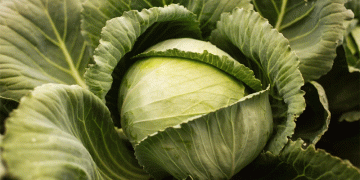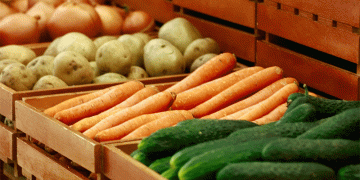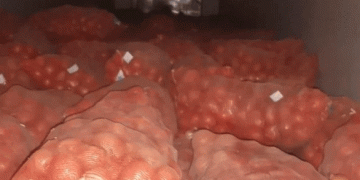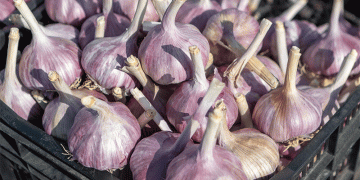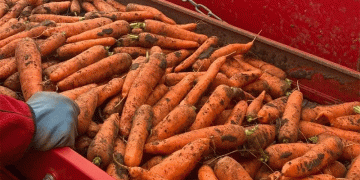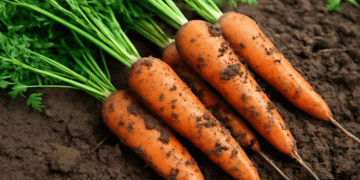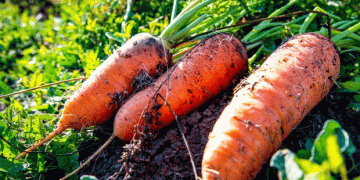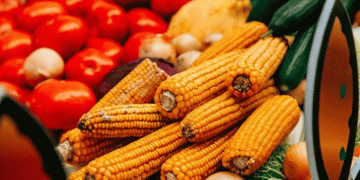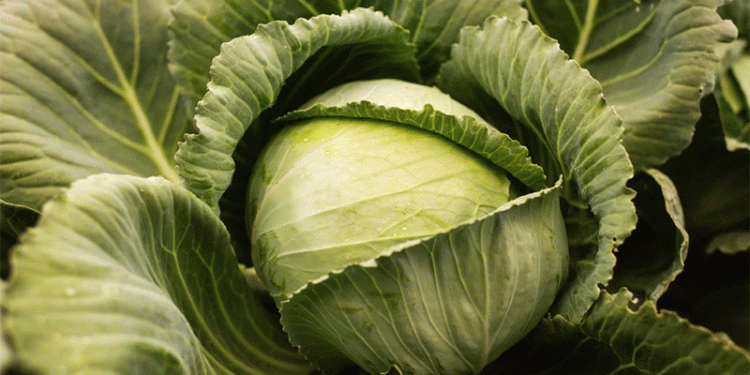The headlines are clear: September brought significant price reductions for key vegetables in major retail chains. According to data from the Analytical Center of the Association of Retail Companies (AKORT), the so-called “borscht set” vegetables saw the most dramatic declines. White cabbage led the drop with a 12.3% price decrease, followed closely by carrots at 10.6% and onions at 9.7%. This general downward trend also affected other staples like beets (-5.3%) and potatoes (-4.2%).
For consumers and policymakers, this is welcome news. However, for the agricultural professionals growing these crops, this price signal is more nuanced. It reflects the culmination of the harvest season, where increased supply naturally exerts downward pressure on prices. But the story doesn’t end there.
The Producer’s Dilemma: Negative Margins in the Supply Chain
The most critical data point for farmers and agronomists lies not in the consumer price, but in the retail markup—or lack thereof. AKORT’s research reveals that in September, 9 out of 25 essential food categories were sold below the retailers’ purchase price. This includes key agricultural products:
- Seasonal apples: -7.6%
- Cabbage: -3.1%
- Carrots: -0.5%
This practice of selling with a “negative margin” is a strategic move by retailers. As explained by AKORT’s Chairman, Stanislav Bogdanov, this is a coordinated effort with suppliers and a form of “responsible pricing policy,” often supported by the retailers’ own funds. For instance, he noted that chains invested nearly 4 rubles of their own money for every kilogram of “first price” sugar sold to support consumers during the peak home-preservation season.
While this may stabilize the market and support consumers, it creates a challenging environment for producers. When retail prices fall below wholesale costs, the financial pressure is transferred back up the chain, squeezing farm gate prices and profitability.
Contextualizing the Trend: A Global Perspective on Market Volatility
This phenomenon is not isolated. Globally, agricultural markets are experiencing increased volatility. According to the Food and Agriculture Organization (FAO) of the United Nations, global food price indices have been declining in recent months, partly due to well-supplied markets for staple commodities. Furthermore, a 2023 report from the OECD-FAO Agricultural Outlook highlights that climate variability, input cost inflation (for fertilizer, fuel, and energy), and shifting trade policies are creating a “new normal” of price unpredictability.
The Russian retail strategy mirrors tactics seen elsewhere, where large chains use high-volume, low-margin staples as “loss leaders” to attract customers who then purchase other, more profitable goods. For farm owners, this underscores the critical need to understand the entire value chain, not just the agronomics of production.
Strategic Shifts for the Field and the Balance Sheet
The September price report is more than a consumer update; it is a crucial market signal for the agricultural sector. The dramatic price drops for cabbage and carrots, coupled with the reality of negative retail margins, highlight a market flush with supply and dominated by retail strategies that can undermine producer viability.
The conclusion for farmers, agronomists, and agricultural scientists is clear: resilience can no longer be solely yield-based. It must be economic. This involves:
- Diversification: Reducing reliance on commodities most susceptible to being used as loss leaders.
- Value-Added Production: Exploring opportunities in processed, packaged, or specialty produce that commands higher margins.
- Supply Chain Collaboration: Building stronger, more transparent relationships with processors and retailers to ensure sustainable pricing.
- Operational Efficiency: Leveraging precision agriculture and data analytics to lower production costs, creating a buffer against price squeezes.
Adapting to this new reality requires a dual focus on both卓越的农艺实践 (excellent agronomic practices) and shrewd business acumen.
